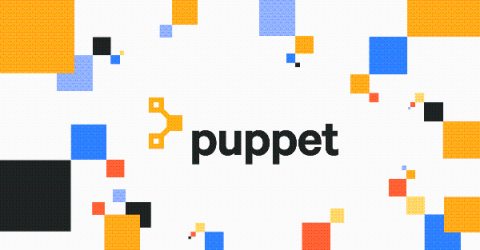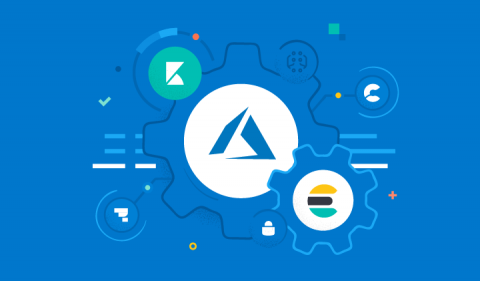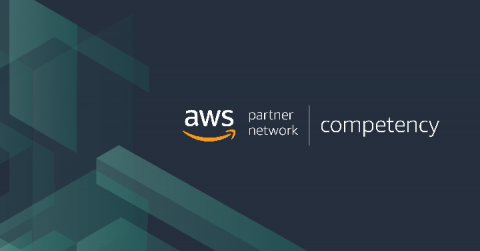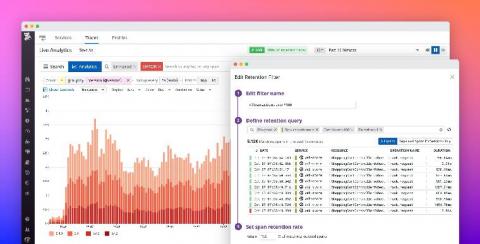How to find the largest Azure Blobs
Recently we had one of our clients inform us that he used Cloud Storage Manager to find which were the largest Blobs in his Azure Storage Containers. Here is a quick run down to show one of the many reports on your Azure Blob consumption that you can run with Cloud Storage Manager.











